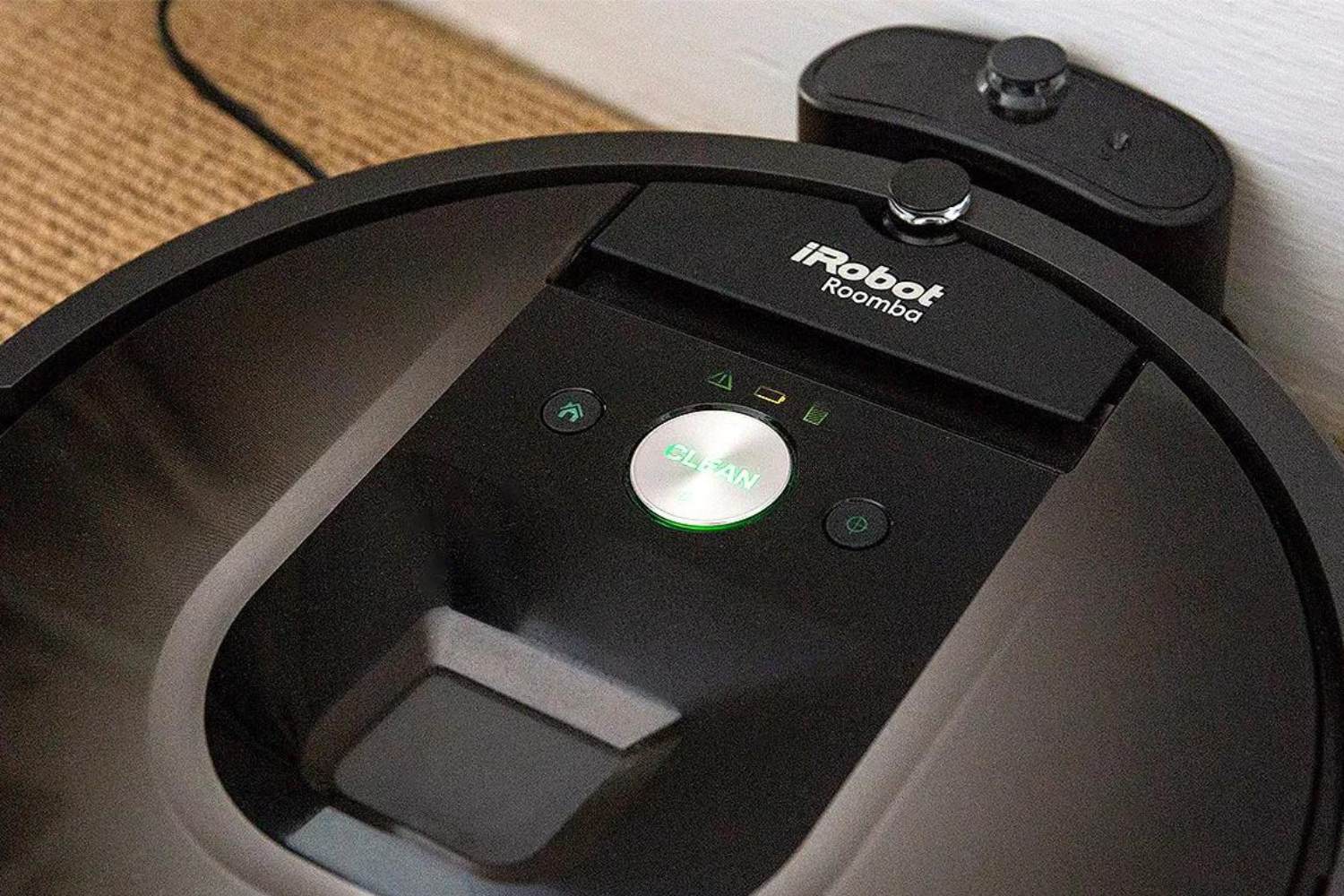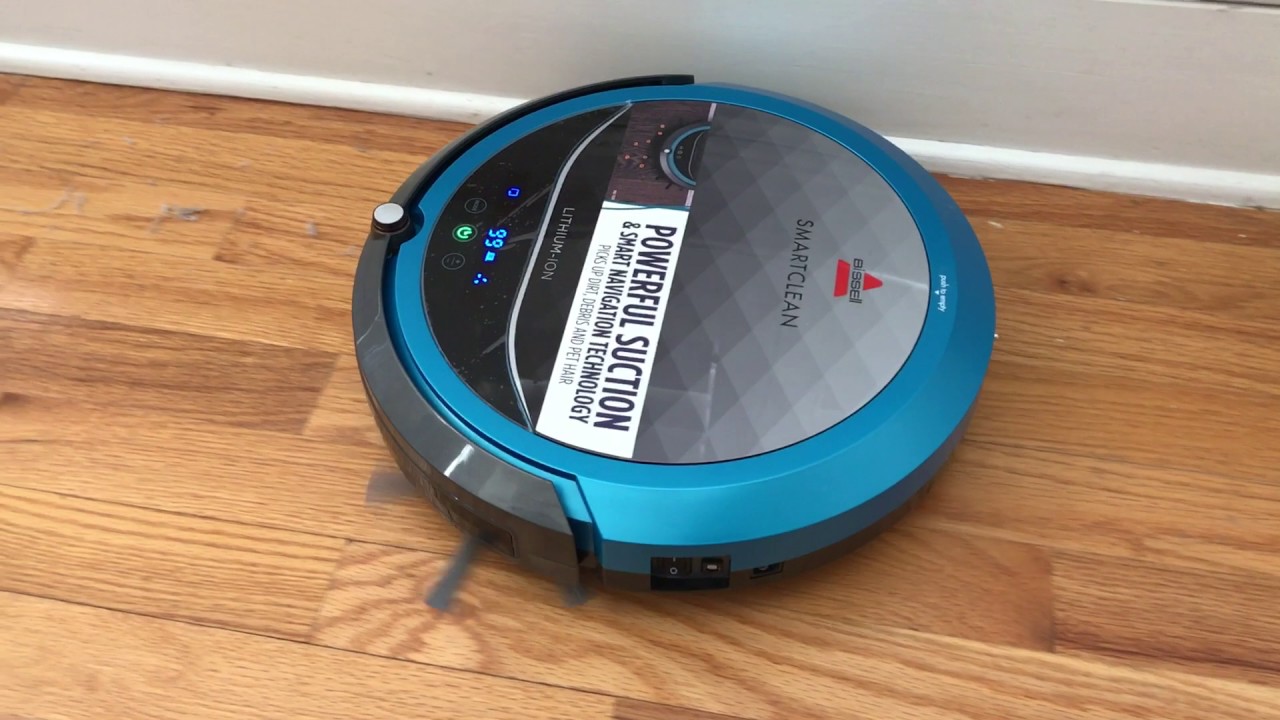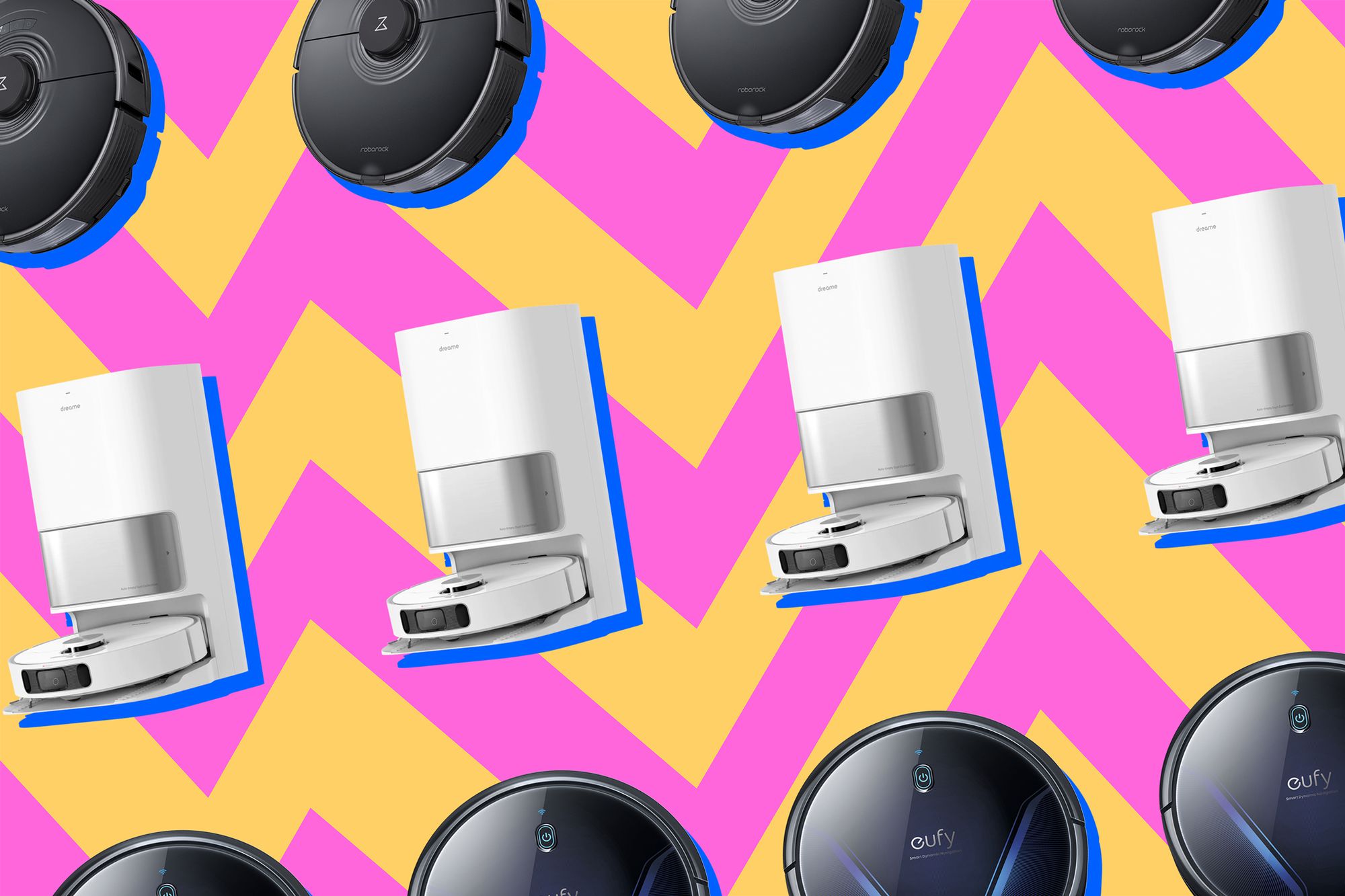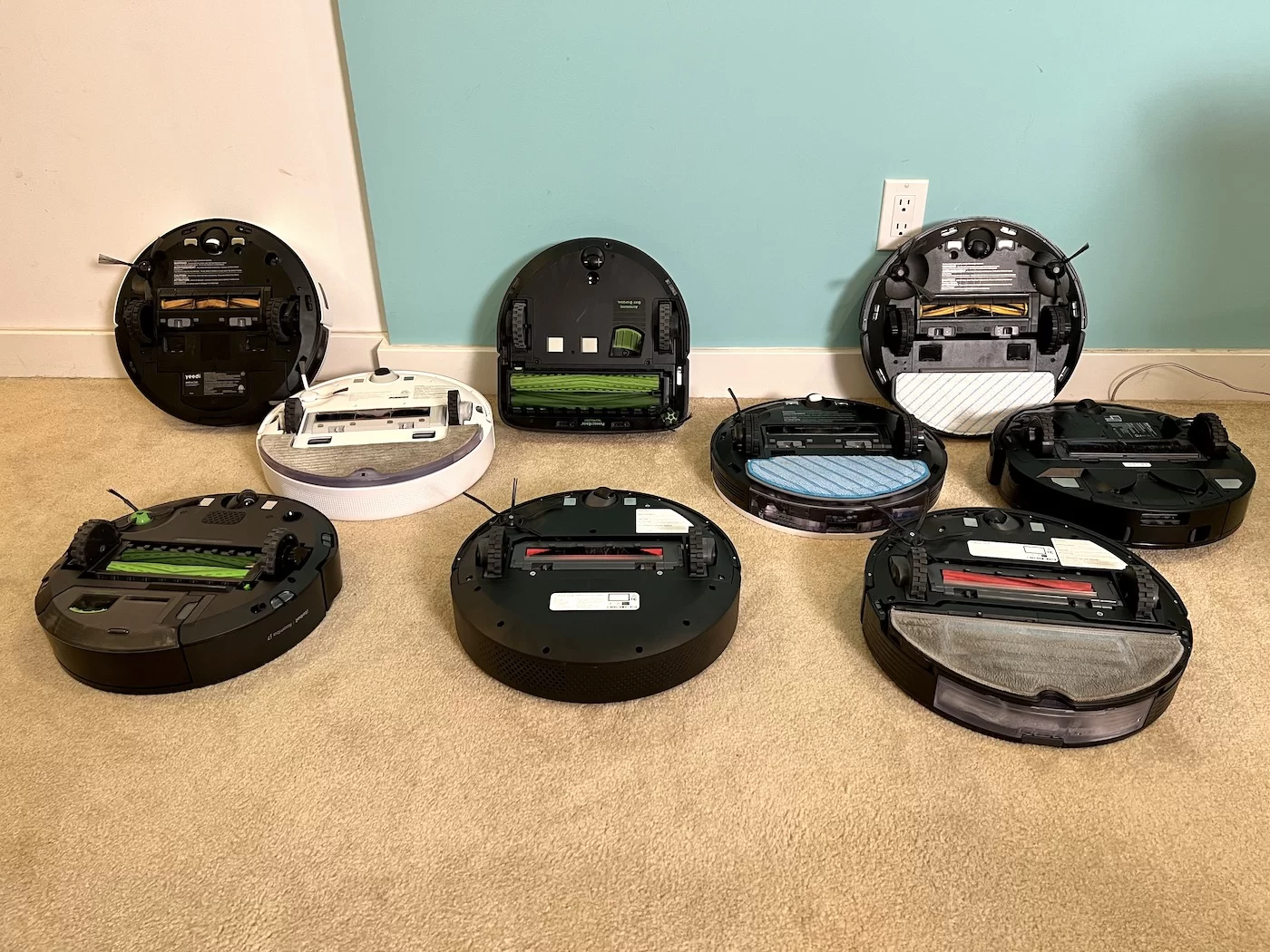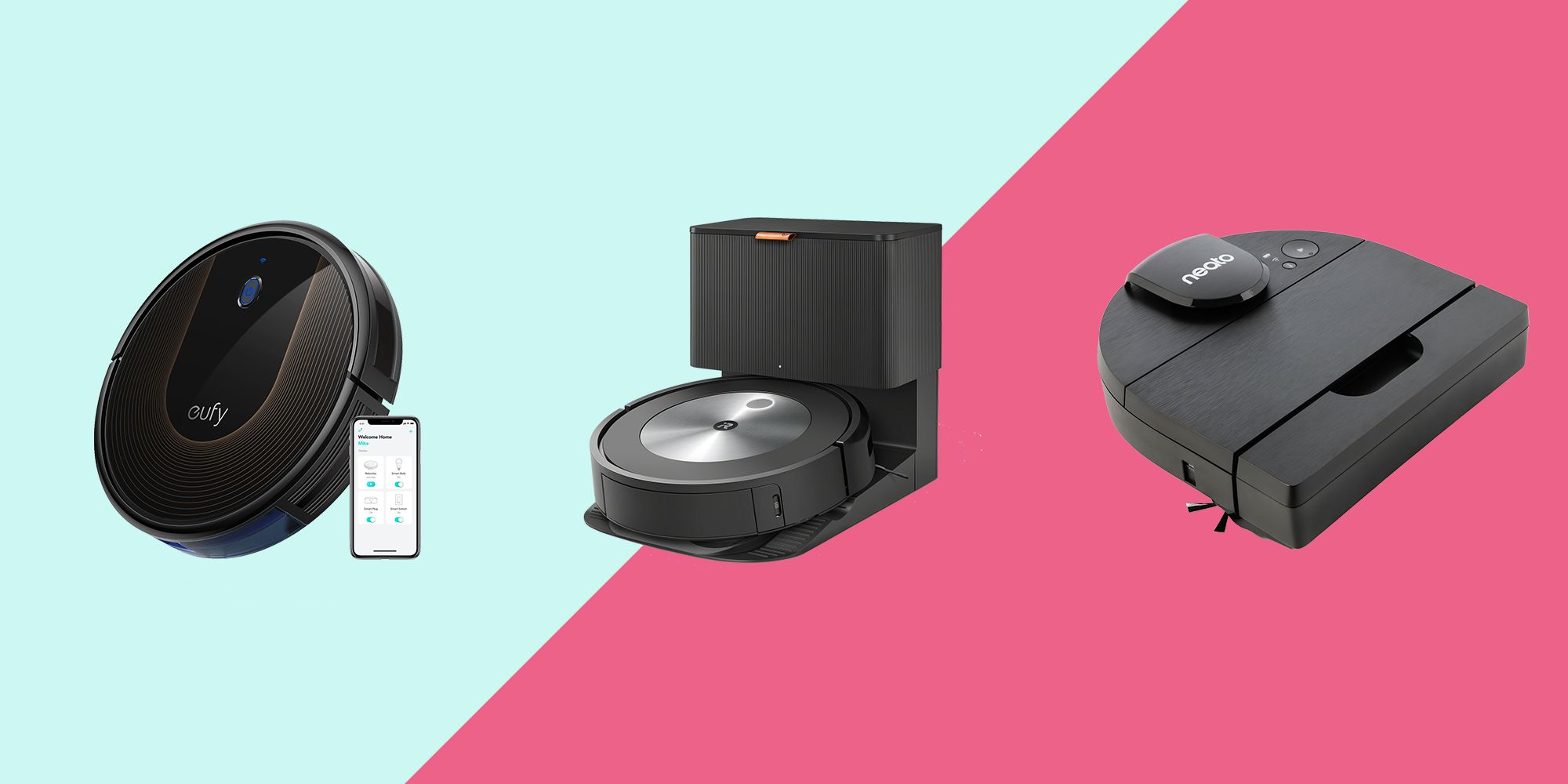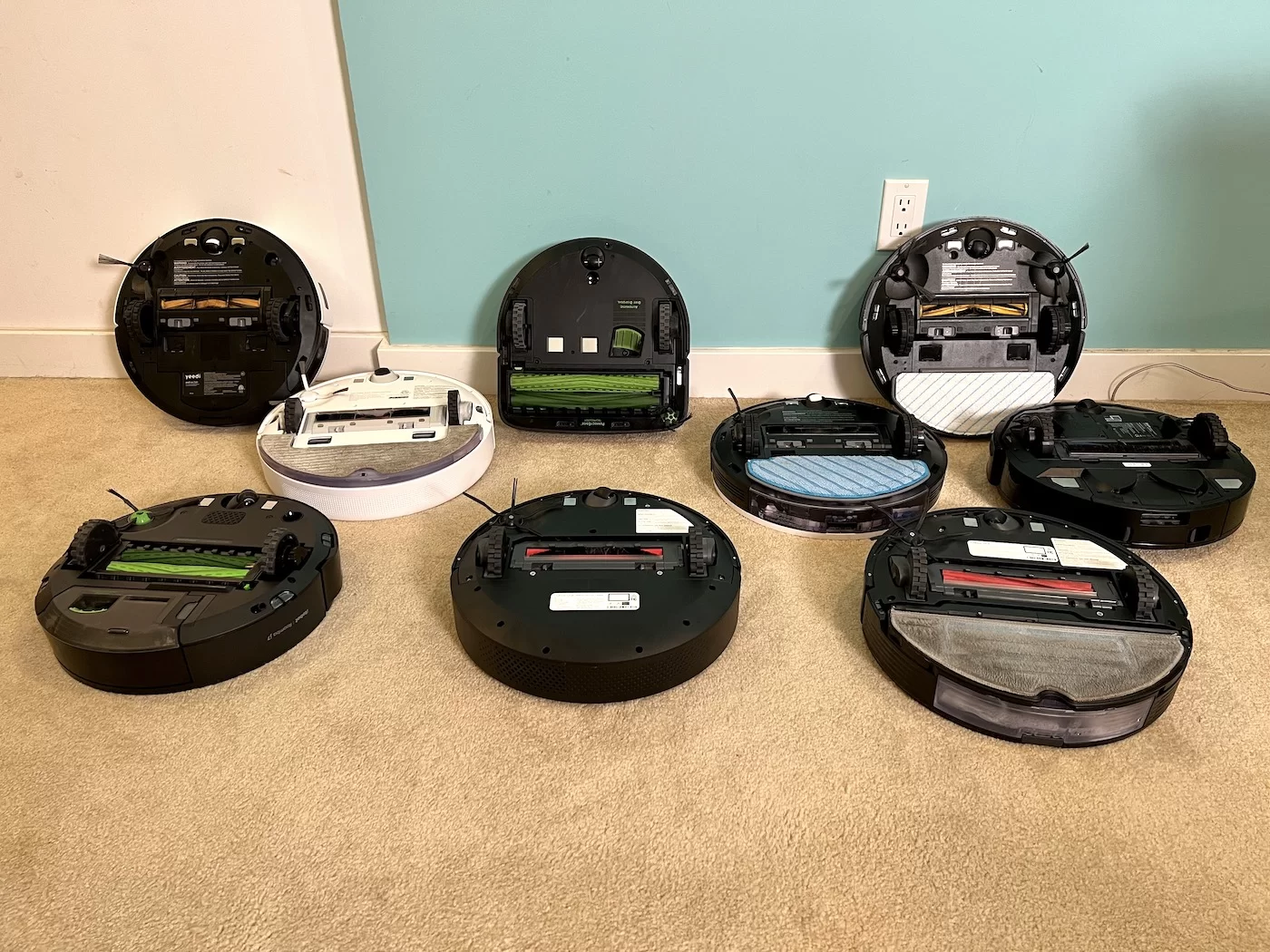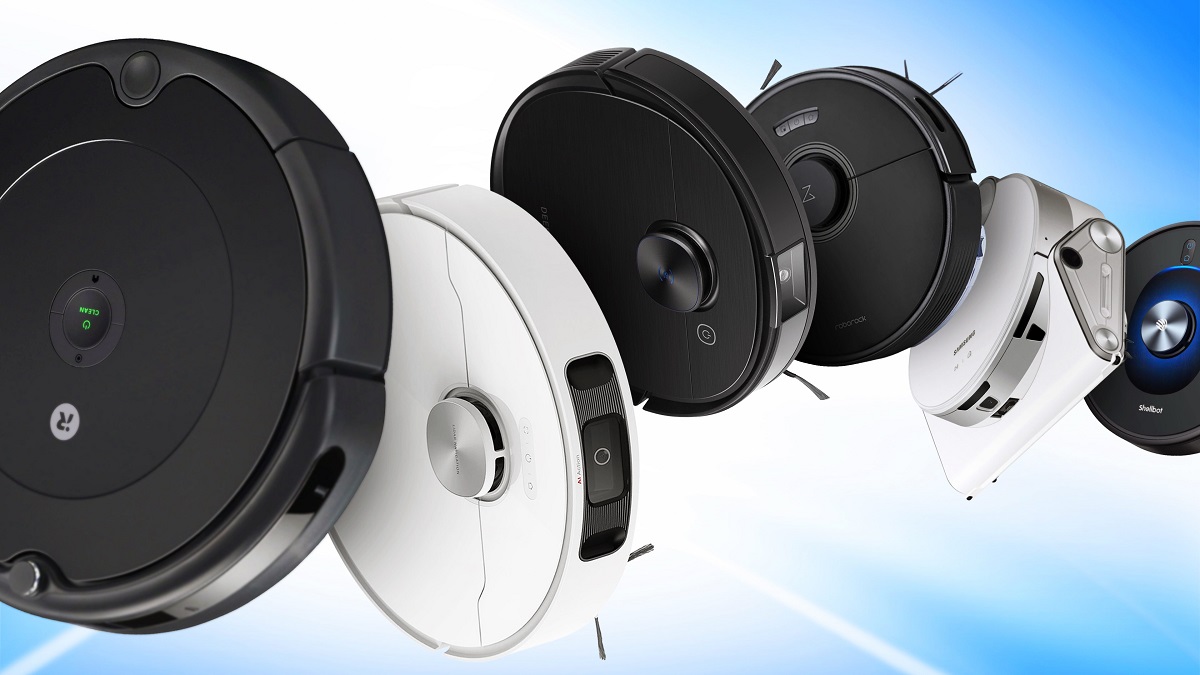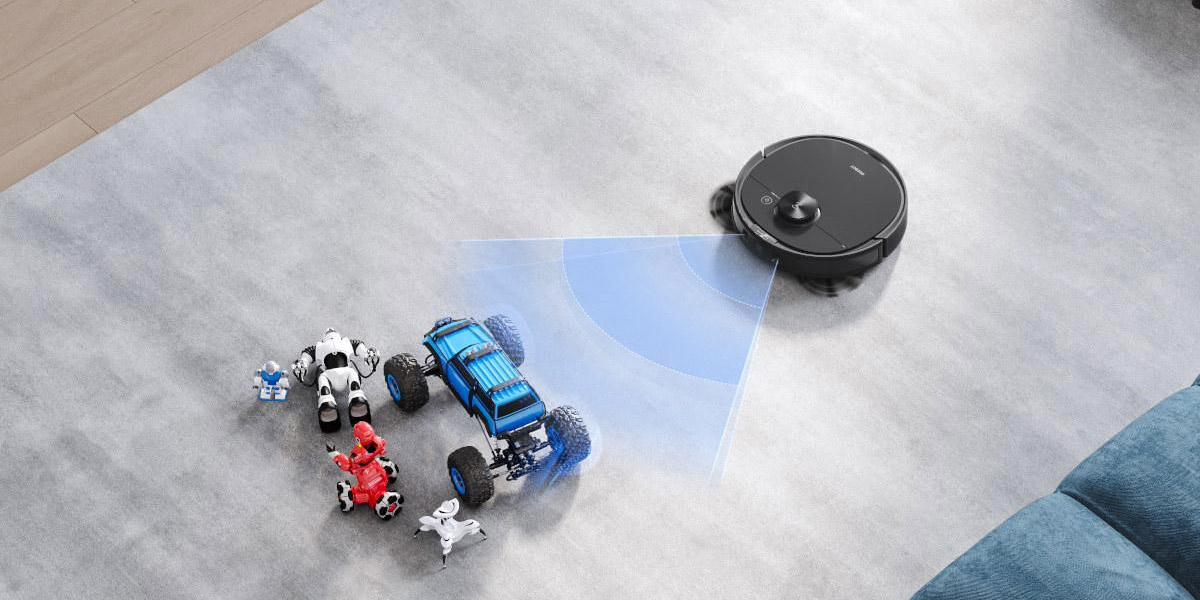Introduction
A robotic vacuum cleaner, also known as a robot vacuum, is a cutting-edge home appliance that autonomously cleans your floors with minimal user intervention. One of the crucial aspects of owning a robot vacuum is understanding its charging time. How long does it take for a robot vacuum to fully charge?
The charging time of a robot vacuum can vary depending on several factors, such as the battery capacity and technology, the efficiency of the docking station, and the charging time specifications set by different robot vacuum brands.
As technology has advanced, robot vacuums have become smarter and more efficient. Modern robot vacuums offer longer battery life, better suction power, and enhanced cleaning capabilities. However, the charging time remains an important consideration for users, as it determines how long the robot vacuum can operate before it needs to be recharged.
In this article, we will delve into the various factors that affect the charging time of a robot vacuum and explore some tips to reduce the charging time. By understanding these factors, you can make an informed decision when selecting a robot vacuum that meets your cleaning requirements and time constraints.
So, if you’re curious to know how long it takes for a robot vacuum to charge and how you can optimize its charging time, then let’s dive into the details.
Factors Affecting Robot Vacuum Charging Time
Several factors contribute to the charging time of a robot vacuum. Understanding these factors will help you assess the charging efficiency and make informed decisions when selecting a robot vacuum for your home cleaning needs. Here are the key factors affecting robot vacuum charging time:
Battery Capacity and Technology: The battery capacity of a robot vacuum plays a crucial role in determining its charging time. Robot vacuums with larger battery capacities typically take longer to fully charge. Additionally, the battery technology used in the robot vacuum can impact charging time. Advances in battery technology, such as lithium-ion batteries, have significantly reduced charging times compared to older battery technologies.
Docking Station Efficiency: The efficiency of the docking station is another important factor in robot vacuum charging time. The docking station is where the robot vacuum returns to recharge. A well-designed docking station with proper alignment and charging contacts can speed up the charging process. On the other hand, a poorly designed docking station can lead to slower charging times or connectivity issues.
Charging Time for Different Robot Vacuum Brands: Different robot vacuum brands have varying charging time specifications. Some brands may offer fast charging options that allow the robot vacuum to charge quickly, while others may have longer charging times. It’s essential to consider the charging time specifications of different brands and models when selecting a robot vacuum.
Usage and Cleaning Schedule: The frequency and duration of robot vacuum usage can also affect its charging time. If you run your robot vacuum frequently for longer cleaning sessions, it may require more frequent charging and longer charging times. On the other hand, if you use the robot vacuum sparingly for shorter cleaning sessions, it may require less frequent charging and shorter charging times.
Additional Features and Cleaning Modes: Some robot vacuums come with additional features and cleaning modes, such as mopping functionality or intensive cleaning modes. These additional features may consume more battery power, resulting in longer charging times.
By considering these factors, you can assess the charging time of different robot vacuum models and select the one that aligns with your cleaning needs and time constraints. Additionally, understanding these factors can help you optimize the charging time of your robot vacuum for efficient cleaning performance.
Battery Capacity and Technology
The battery capacity and technology used in a robot vacuum are key factors that influence its charging time. Let’s explore how these factors impact the charging time and what you should consider when choosing a robot vacuum.
Battery Capacity: The battery capacity of a robot vacuum determines how much power it can store and consequently affects its operating time and charging duration. Robot vacuums with larger battery capacities typically require longer charging times. However, they can also provide longer cleaning sessions before needing to be recharged. On the other hand, robot vacuums with smaller battery capacities will have shorter charging times but may require more frequent recharging during extended cleaning sessions.
Battery Technology: The technology used in the battery of a robot vacuum also plays a significant role in its charging time. Older robot vacuum models often used nickel-metal hydride (NiMH) batteries. While these batteries had longer charging times, more recent advancements have introduced lithium-ion (Li-ion) batteries, which have significantly reduced charging times. Li-ion batteries provide faster and more efficient charging, allowing you to get your robot vacuum back to work quickly.
When comparing different robot vacuum models, take note of their battery capacities and the technology used. Higher-end models usually come with larger battery capacities and advanced Li-ion battery technology, resulting in shorter charging times and longer cleaning sessions. However, keep in mind that these models may come with a higher price tag.
It’s essential to strike a balance between battery capacity and technology based on your cleaning needs. If you have a small to medium-sized living space, a robot vacuum with a modest battery capacity may suffice. However, for larger homes, you may want to consider a model with a larger battery to ensure it can complete the cleaning session without needing to charge mid-task.
Additionally, consider the convenience factor. Some robot vacuums offer features such as a “resume cleaning” function. This allows the robot vacuum to automatically return to its charging dock when it runs out of battery power, recharge, and then resume cleaning from where it left off. This is particularly useful for larger homes where the cleaning process may not be completed in a single charge cycle.
Overall, battery capacity and technology are crucial factors to consider when evaluating the charging time of a robot vacuum. By assessing your cleaning needs and evaluating different models based on battery capacity and technology, you can find a robot vacuum that strikes the right balance between charging time and cleaning performance.
Docking Station Efficiency
The efficiency of the docking station is a vital factor that can impact the charging time of a robot vacuum. A well-designed docking station can contribute to faster and more reliable robot vacuum charging, while a poorly designed one may result in slower charging times or connectivity issues. Let’s explore the elements of docking station efficiency and why it matters.
Alignment and Guiding Sensors: A docking station with proper alignment and guiding sensors helps the robot vacuum locate and connect to the charging dock accurately. When the robot vacuum returns to the docking station, these sensors guide it to align and establish a secure connection for charging. Ensuring a perfect alignment between the robot vacuum and the docking station’s charging contacts can help minimize charging interruptions and optimize the charging time.
Charging Contact Design: The design and quality of the charging contacts on the docking station also play a crucial role. These contacts establish the electrical connection between the docking station and the robot vacuum for charging. If the contacts are not well-designed or are of poor quality, it can result in inconsistent charging or even failure to charge. A docking station with reliable charging contacts helps maintain a stable charging connection, resulting in efficient charging times.
Power Supply: The power supply provided to the docking station is another factor that can impact charging efficiency. A docking station that receives a consistent and sufficient power supply can effectively charge the robot vacuum without delays. On the other hand, inadequate power supply to the docking station may lead to slower charging times. It is important to ensure that the charging dock is connected to a reliable power source that can provide the necessary voltage and current for efficient charging.
Cleanliness and Maintenance: Keeping the docking station clean and free from dust or debris is essential for optimal charging performance. Accumulated dirt or foreign objects on the charging contacts can impede the charging process and result in longer charging times. Regularly cleaning the docking station and ensuring the charging contacts are clear of any obstructions can help maintain its efficiency and minimize charging disruptions.
When selecting a robot vacuum, pay attention to the docking station design and its overall efficiency. User reviews and feedback can be helpful in determining the reliability and effectiveness of the docking stations included with different robot vacuum models. A well-designed docking station with proper alignment, high-quality charging contacts, and a reliable power supply will contribute to faster and more efficient charging, allowing your robot vacuum to be ready for cleaning tasks quickly.
By considering the efficiency of the docking station, you can ensure that your robot vacuum charging time is optimized, allowing for smoother and uninterrupted cleaning sessions in your home.
Charging Time for Different Robot Vacuum Brands
When it comes to the charging time of robot vacuums, different brands offer varying specifications and capabilities. Understanding the charging time differences between brands can help you make an informed decision when choosing a robot vacuum that aligns with your cleaning needs and time constraints.
Each robot vacuum brand has its own charging time specifications, which depend on factors such as battery capacity, charging technology, and efficiency of the docking station. Some brands may prioritize faster charging times, while others may focus on maximizing battery life and cleaning performance.
High-end robot vacuum brands often feature advanced battery technology, such as lithium-ion batteries, which are known for their faster charging capabilities. These brands may also provide quick-charging options that allow the robot vacuum to charge in a shorter amount of time compared to other models.
However, it’s important to keep in mind that charging time is not the sole indicator of a robot vacuum’s performance. Factors such as battery capacity, runtime, and cleaning efficiency should also be considered when evaluating different brands.
Additionally, it’s worth mentioning that some robot vacuum models offer “smart” charging features. These features allow the robot vacuum to optimize its charging time based on factors such as cleaning schedule, cleaning duration, and the size of the cleaning area. The robot vacuum intelligently calculates the required charging time and adjusts its schedule accordingly to ensure it is fully charged and ready for the next cleaning session.
When comparing robot vacuums from different brands, be sure to review the charging time specifications provided by the manufacturers. This information is typically available in product manuals, on the brand’s website, or from reliable online retailers. Pay attention to the advertised charging time and any additional features or technologies that may impact the charging performance.
It’s important to note that the charging time advertised by the brand might vary in real-world usage scenarios. Factors such as the condition of the battery, the age of the robot vacuum, and the cleanliness of the docking station can affect the actual charging time experienced by users.
By researching and comparing the charging time specifications of different robot vacuum brands, you can make an informed decision that aligns with your cleaning requirements and time preferences. Consider the overall performance, features, and user reviews in addition to the advertised charging time to ensure you select a robot vacuum that meets your expectations.
Tips to Reduce Robot Vacuum Charging Time
If you want to optimize the charging time of your robot vacuum, there are several tips and strategies you can implement. By following these recommendations, you can ensure that your robot vacuum spends less time charging and more time efficiently cleaning your home. Here are some tips to reduce robot vacuum charging time:
1. Optimize Cleaning Schedule: Adjust your robot vacuum’s cleaning schedule to align with your routine. By running the robot vacuum when you’re not at home or during periods when you don’t require immediate cleaning, you can reduce the amount of time it spends running and increase the time available for charging.
2. Divide Large Cleaning Areas: If you have a large cleaning area, consider dividing it into smaller zones. By breaking the cleaning process into smaller segments, you can allow the robot vacuum to complete one zone, return to the docking station for a quicker recharge, and then move on to the next zone without waiting for a full recharge.
3. Keep Docking Station Accessible: Ensure that the docking station is easily accessible and not obstructed by furniture or other objects. This will help the robot vacuum locate the docking station quickly and establish a charging connection more efficiently.
4. Regularly Clean Charging Contacts: Over time, dust and debris may accumulate on the charging contacts of both the docking station and the robot vacuum. Regularly clean these contacts to maintain a strong and uninterrupted charging connection.
5. Opt for Fast Charging Models: Some robot vacuum models offer fast-charging options that reduce the amount of time required for a full charge. If minimizing charging time is a priority for you, consider investing in a model with this feature.
6. Store Robot Vacuum Near Docking Station: When not in use, store your robot vacuum near the docking station. This way, it will have easier access to the docking station when it needs to recharge, resulting in shorter charging times.
7. Manage Battery Life: Be mindful of how you use your robot vacuum to preserve battery life. Avoid running the robot vacuum until the battery is completely drained, as this can lead to longer charging times. Instead, aim to recharge the robot vacuum before the battery reaches a critical level.
By implementing these tips, you can effectively reduce the charging time of your robot vacuum, enabling it to spend more time cleaning and less time recharging. Remember, the specific impact of each tip may vary depending on the model and specifications of your robot vacuum, so it’s always helpful to consult your user manual or reach out to the manufacturer for model-specific recommendations.
Conclusion
Understanding the factors that affect robot vacuum charging time is essential for selecting the right vacuum cleaner for your cleaning needs. Battery capacity, technology, docking station efficiency, and brand specifications all contribute to the overall charging time of a robot vacuum.
Robot vacuum models with larger battery capacities typically take longer to charge, but they provide longer cleaning sessions. The use of advanced battery technology, such as lithium-ion batteries, can significantly reduce charging times. A well-designed docking station with proper alignment and efficient charging contacts can minimize charging interruptions and optimize the overall charging process.
Different robot vacuum brands offer varying charging time specifications. High-end brands often feature faster charging capabilities and advanced charging options. However, it’s important to evaluate the overall performance and features of a robot vacuum, in addition to the advertised charging time, to make an informed decision.
To reduce robot vacuum charging time, you can optimize the cleaning schedule, divide large cleaning areas into smaller segments, keep the docking station accessible and clean, opt for models with fast-charging options, store the robot vacuum near the docking station, and manage the battery life effectively.
By considering these factors and implementing the provided tips, you can decrease the amount of time your robot vacuum spends charging and increase its cleaning efficiency. Ultimately, finding the right balance between charging time, battery capacity, and cleaning performance will help you select a robot vacuum that suits your needs and keeps your home clean and tidy.







